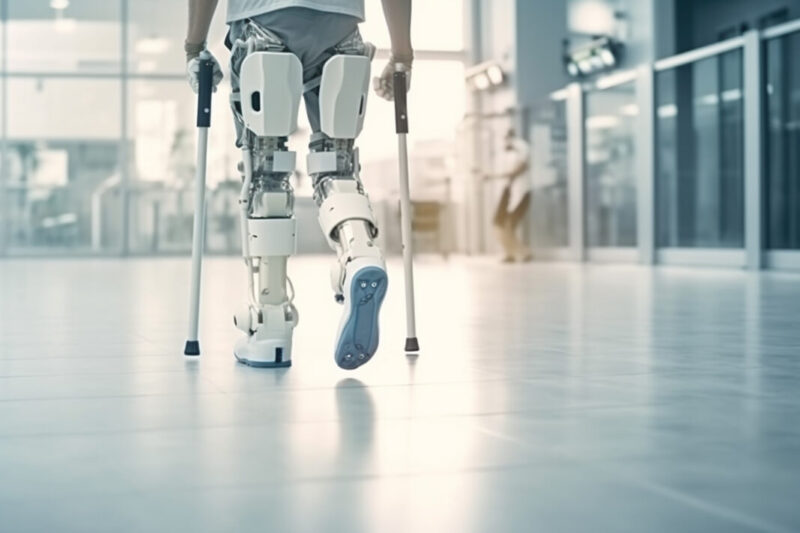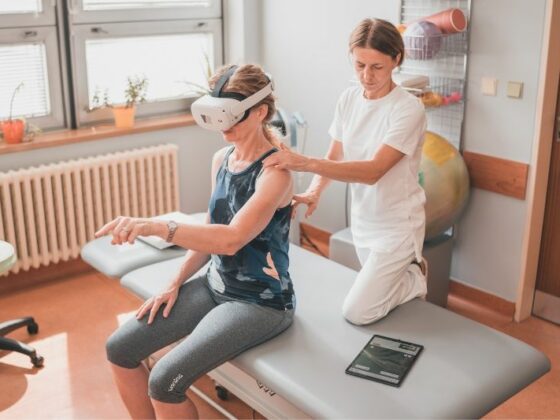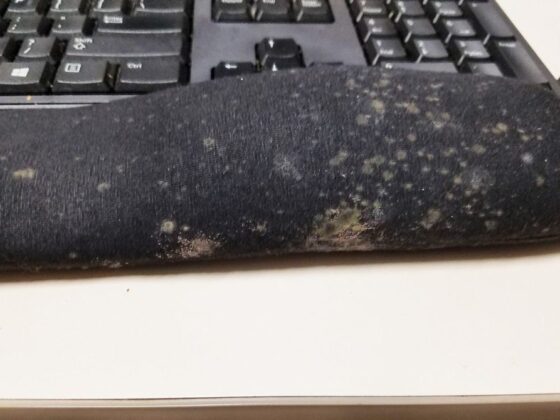In recent years, the landscape of muscle recovery and rehabilitation has undergone a seismic shift, driven by the rapid advancements in artificial intelligence (AI). From athletes pushing the boundaries of physical performance to everyday individuals seeking relief from injuries, AI technologies have emerged as game-changers in how we approach recovery.
Imagine personalized rehabilitation programs that adapt in real-time, harnessing data to optimize healing processes. Picture smart devices that monitor muscle recovery with unparalleled precision, providing insights that were previously unimaginable.
As we stand on the precipice of this revolution, it’s clear that AI is not just a tool but a transformative force, reshaping the way we understand and manage our bodies recovery journeys. The fusion of technology and human health promises to unlock new potentials, fostering resilience and vitality in ways we are only beginning to explore.
The Role of AI in Muscle Recovery

The advent of artificial intelligence in muscle recovery introduces a transformative shift that redefines how we approach rehabilitation and injury prevention. By leveraging sophisticated algorithms and data-driven insights, AI systems can analyze vast amounts of information, pinpointing individual recovery patterns that were previously hidden from view.
Imagine a customized recovery plan that evolves in real-time, adapting to your specific needs and progress. For athletes and everyday fitness enthusiasts alike, AI can predict recovery durations, suggest targeted therapeutic exercises, and even identify potential risks of re-injury.
Such an intricate fusion of technology and human physiology not only accelerates healing but also enhances overall performance, making the rehabilitation journey not just more efficient, but deeply personalized. This is the future of recovery—precise, intuitive, and remarkably effective.
Machine Learning Algorithms in Movement Analysis
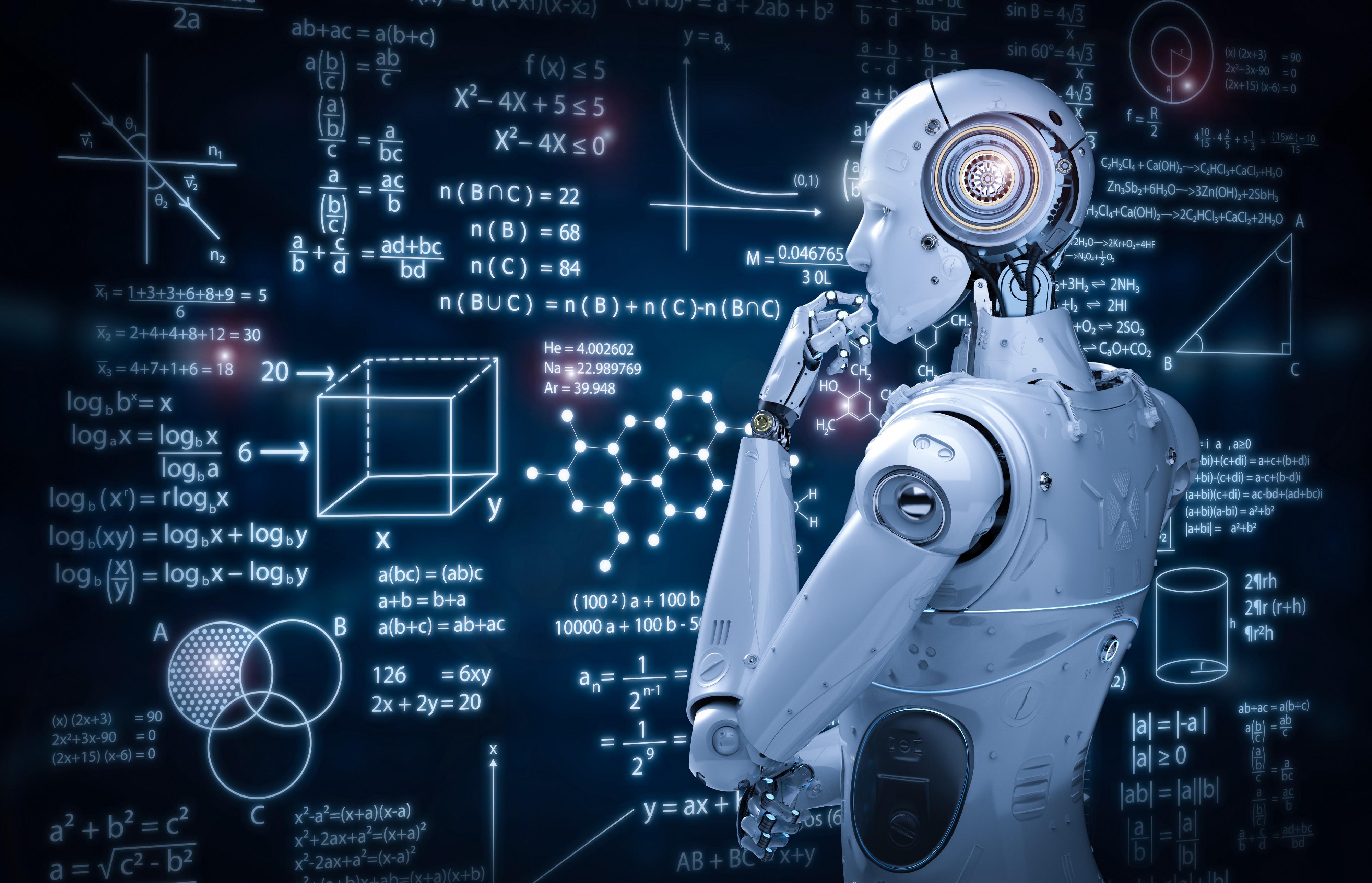
Machine learning algorithms are transforming movement analysis, enhancing our understanding of human biomechanics and recovery processes. By processing vast amounts of data collected from sensors and motion capture systems, these sophisticated algorithms can identify subtle patterns and inefficiencies in movement that may escape the naked eye.
For instance, a patient recovering from an injury might display minor discrepancies in gait that, if unnoticed, could lead to re-injury or chronic pain. However, algorithms like deep learning and neural networks are adept at recognizing these anomalies, enabling personalized feedback and tailored rehabilitation programs.
With the ability to adapt in real-time, machine learning not only informs therapists about progress but also empowers individuals to take an active role in their recovery journeys. The integration of smart technology creates a nuanced landscape where data-driven insights meet the art of rehabilitation, paving the way for more effective muscle recovery strategies.
Future Trends: What’s Next for AI in Muscle Recovery
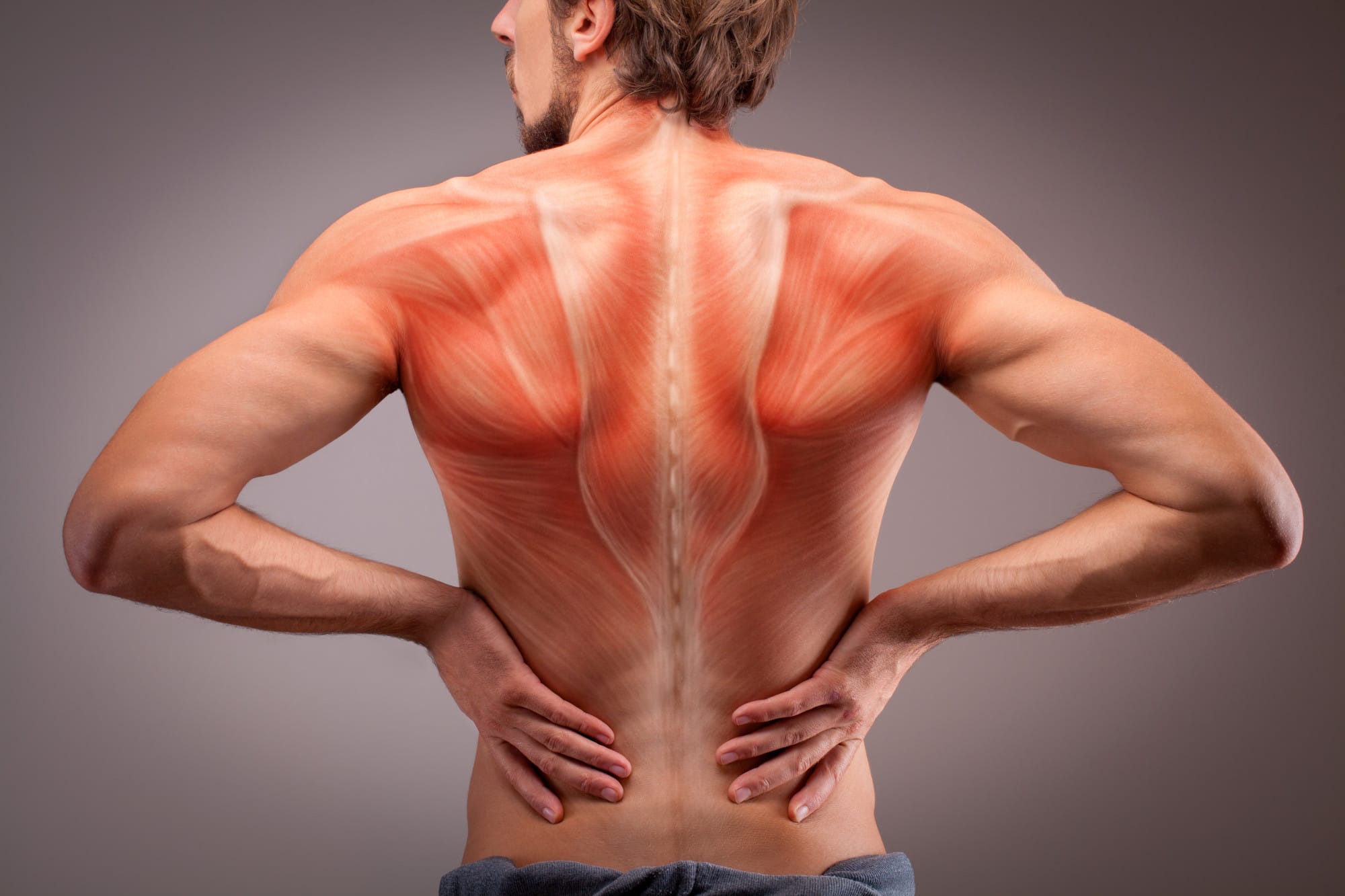
As we look to the future, the integration of AI in muscle recovery stands at the precipice of transformative advancements. Imagine smart wearables that not only monitor your physiological signals but also predict injury risks by analyzing movement patterns in real-time.
These devices, equipped with advanced algorithms, could tailor recovery protocols specific to an athletes unique biomechanics, personalizing each recovery session with unprecedented precision. Moreover, the advent of AI-driven virtual physiotherapists will likely revolutionize remote rehabilitation, providing accessible, guided exercises and instant feedback, even from the comfort of home.
Collaboratively, advancements in machine learning may soon unlock insights from big data, revealing unseen correlations between training regimens, nutrition, and recovery times. In this dynamic landscape, one can envision a synergistic relationship between human expertise and AI capabilities, propelling athletes toward faster, more effective recovery while minimizing the risk of future injuries.
The intersection of technology and human resilience heralds a new era where muscle recovery isn’t just a passive process; its an intelligent, proactive strategy shaped by the data-driven future of sports science.
Conclusion
In conclusion, the integration of AI in muscle recovery and rehabilitation is transforming the way athletes and individuals manage their physical well-being. By harnessing advanced algorithms and data analytics, AI is enabling personalized recovery plans that cater to unique needs, thereby enhancing the overall effectiveness of rehabilitation processes.
From predictive analytics that anticipate injury risks to innovative recovery tools such as 마사지 and virtual coaching, the future of muscle recovery is becoming increasingly sophisticated. As technology continues to advance, the potential for AI to optimize muscle recovery and rehabilitation will only grow, ultimately leading to faster recovery times and improved athletic performance.
Embracing these innovations is essential for anyone looking to enhance their recovery journey.
